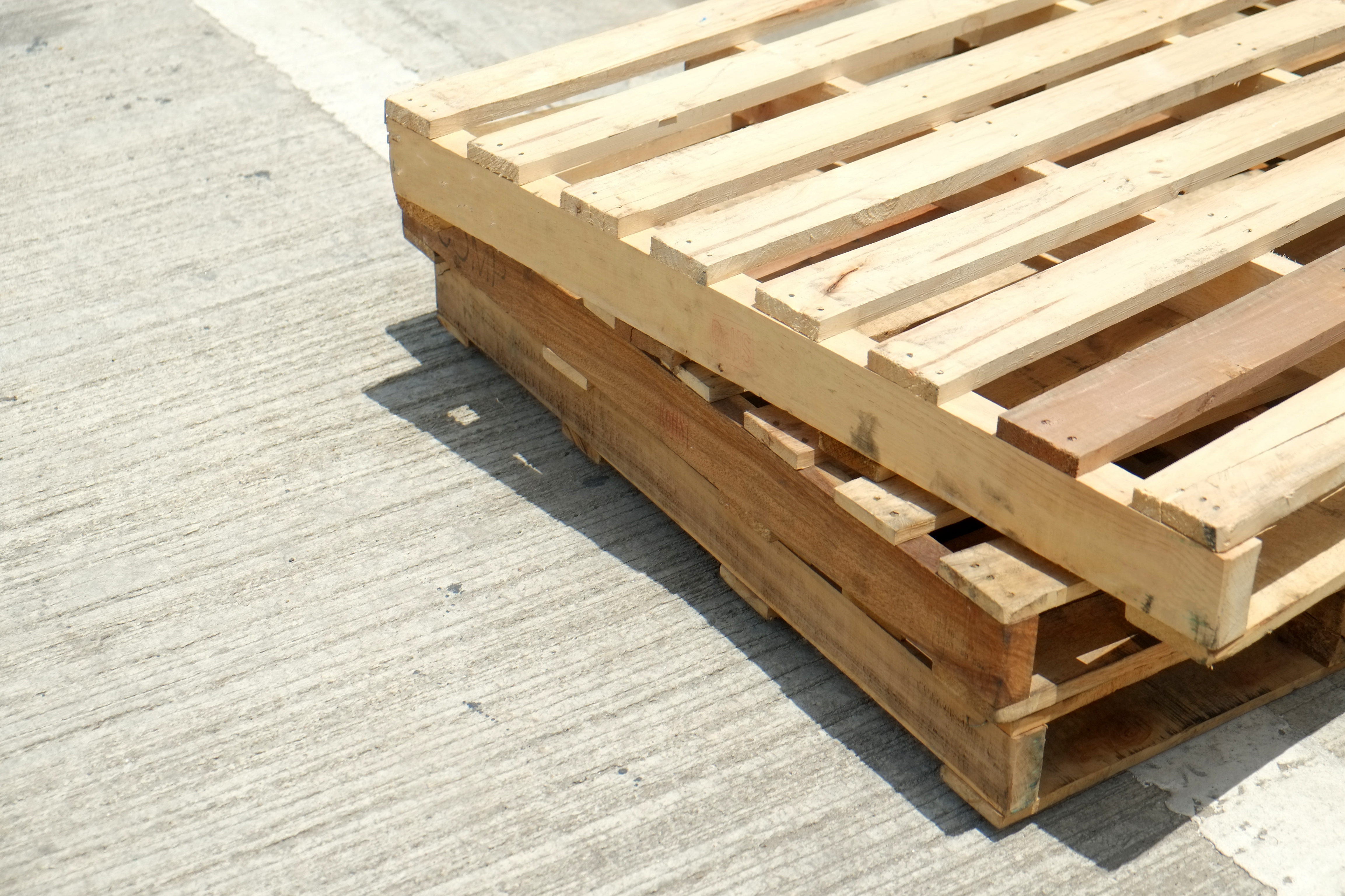Stringer Pallets For Sale Near Me

What Is a Stringer Pallet?
A stringer pallet is a type of wood pallet that uses long, horizontal boards (called stringers) for support between the top and bottom decks. These stringers create a sturdy framework and allow forklift entry from two or four sides, depending on whether the stringers have notches. These pallets are widely used and common in industries such as grocery, electronics, chemicals, and consumer goods.
How to Choose Between Stringer and Block
If you're unsure which type of pallet to purchase, consider the following pros and cons comparing stringer pallets to block pallets.
Pros:
- Stringer pallets are less expensive than block pallets
- Can be 2-way or 4-way entry
- Are available in multiple sizes to suit different applications
- Are lighter in weight, resulting in lower freight costs
Cons:
- Stringer pallets are less durable than block pallets
- Have a shorter lifespan
- Can have limited forklift access
- Are less consistent due to more sizes and configurations

Inside a Stringer Pallet: Key Features and Construction
Stringer pallets are comprised of five primary components:
Lead deckboards: These are located at both ends of the pallet's top deck and are more prone to damage due to their position. To enhance strength and durability, they are often made wider than other deckboards.
Interior deckboards: Positioned between the lead deckboards, these boards form the main surface of the pallet's top deck. They create the primary load-bearing surface, supporting and distributing the weight of goods placed on the pallet.
Stringers: Long, horizontal support beams running along the length of the pallet between the top and bottom deckboards, providing structural stability.
Stringer notches: Cut-out sections on the sides of 4-way stringer pallets that allow forklifts to access the pallet from all four sides, enabling greater maneuverability.
Bottom deckboards: Wooden boards attached to the bottom of the pallet, providing additional stability, support, and protection for the load during transportation and storage.
Should You Buy Stringer Pallets New or Used?
New stringer pallets, made from unused lumber, are more expensive but generally offer a longer lifespan compared to second-hand options. However, repaired or undamaged used pallets are typically safe for reuse and are widely relied upon for shipping and transportation needs.
These pallets have a like-new appearance, are structurally sound, and have no plugs or companion runners.
With a lower price point due to visible repairs, this option offers an economical alternative to new and A grade pallets.
Another economical choice, remanufactured pallets are built using a mix of new and reclaimed lumber.

